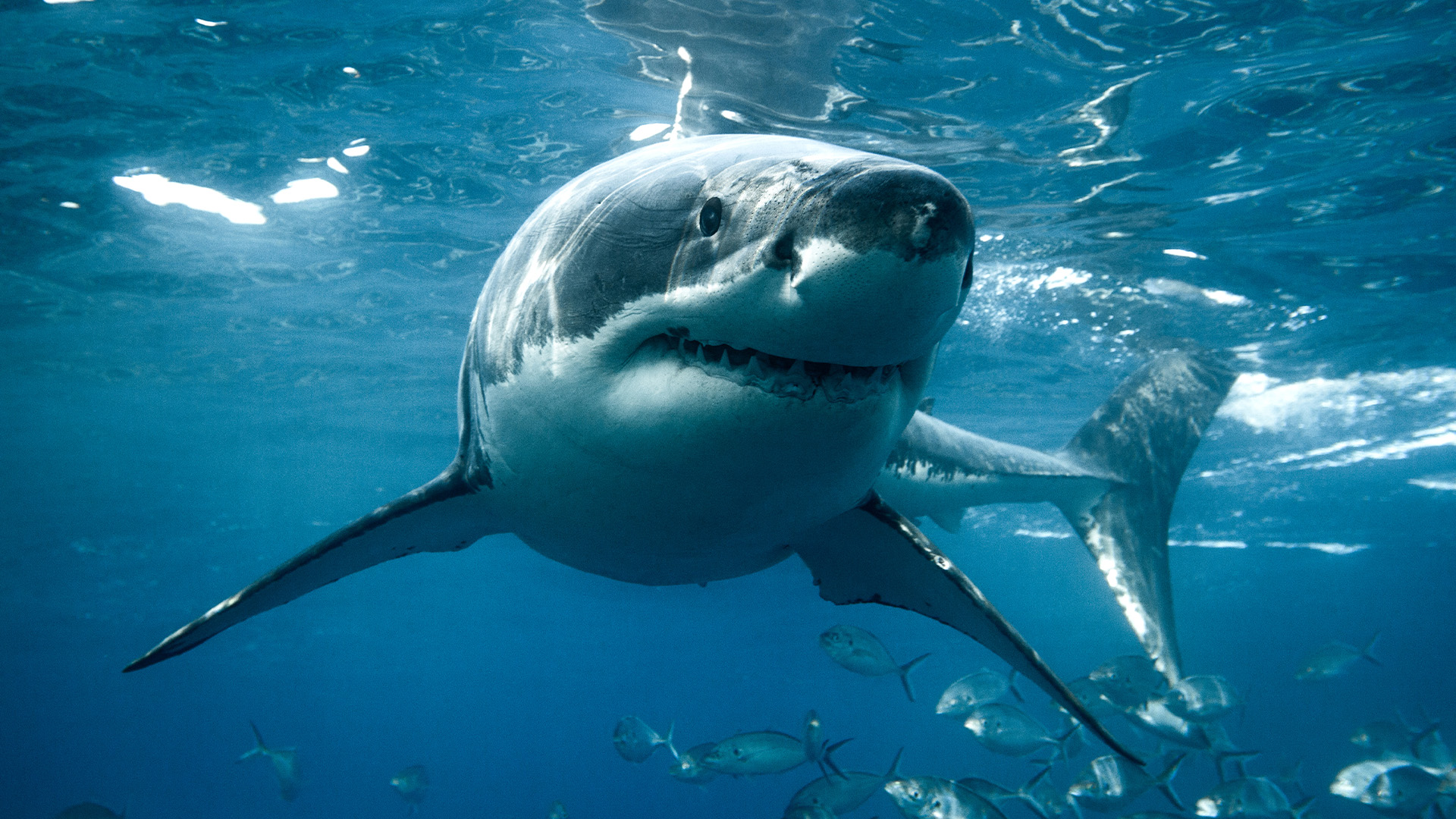IN an alarming turn of events, scientists uncovered evidence of the ocean’s most feared predator feasting on its own relatives.
After a pregnant shark turned up dead in the open sea southwest of Bermuda, it became apparent she had been killed by a larger shark.
4
A team of researches lay out their case in a study published today in Frontiers in Marine Science.
“This is the first documented predation event of a porbeagle shark anywhere in the world,” lead author Dr. Brooke Anderson said.
Anderson’s research team is lamenting the loss for more reasons than just the brutal nature of the slaying.
“In one event, the population not only lost a reproductive female that could contribute to population growth, but it also lost all her
developing babies,” Anderson explained.
“If predation is more widespread than previously thought, there could be major impacts for the porbeagle shark population that is already suffering due to historic overfishing.”
Porbeagle sharks can grow up to 12 feet long and weigh up to 507 pounds. They have documented lifespans up to 30 or even 65 years.
However, longer lifespans go hand in hand with longer gestation periods and later sexual maturity.
Females don’t reproduce until they are around 13 years old. They give birth to an average of four pups every one or two years after carrying them for eight to nine months.
The slow-growing species is currently endangered, the result of overfishing in certain regions.
Their meat is prized in Europe, while their fins are used in “shark fin soup” in Asia.
Anderson and her colleagues captured porbeagles off the coast of Cape Cod in Massachusetts in 2020 and 2022.
Each porbeagle was equipped with two satellite tags, a fin-mount satellite transmitter and a pop-off satellite archival tag (PSAT), before being released.
Fin-mount tags send the current location to satellites whenever the shark’s fin rises above the surface.
Meanwhile, PSATs record depth and temperature and store the data until the falling off, usually after a scheduled period.
Afterwards, they drift to the surface and transmit their stored information to satellites.

4
Among the tagged porbeagles was a pregnant female just over 7 feet long.
The scientists hoped to obtain data from this female to help identify important habitats for porbeagle mothers and their newborns.
But 158 days after her release, the female’s PSAT started to send signals from Bermuda, indicating it had fallen off.
An examination of the data showed she had been cruising for five months, mostly remaining underwater – as indicated by a single transmission from the fin-mount tag.
However, from March 24, 2021 onward, the PSAT registered a sudden temperature and depth change over four days.

4
Scientists immediately suspected the porbeagle had been hunted and eaten by an even larger predator.
The temperature changes corresponded to when the tag was consumed and excreted by the predator, beginning to transmit around four days later.
The authors identified two suspects “large enough to predate upon mature porbeagles and located within the vicinity and at the time of year of the predation event.”
Specifically, they singled out the great white shark and shortfin mako, ultimately naming the great white the most likely culprit.
Shortfin mako typically make rapid oscillatory dives between the sea surface and deeper depths during the day while in the open ocean. The tracking device took no note of this behavior.

4
Anderson called the porbeagle’s death an “unexpected discovery.”
“We often think of large sharks as being apex predators,” she said.
“But with technological advancements, we have started to discover that large predator interactions could be even more complex than previously thought.”
Apex predators sit at the top of the food chain, with no natural predators of their own.
Anderson and her team plan to continue poring over predator interactions to estimate how often large sharks hunt each other.
“This will help us uncover what cascading impacts these interactions could have on the ecosystem,” she explained.
Porbeagle sharks: fact sheet

Here’s what you need to know about this at-risk species.
Porbeagles are sharks found in the Atlantic and South Pacific Ocean and the Mediterranean.
They are large and powerfully built, reaching up to 3.7 meters long and weighing up to 230kg.
Members of the species have been known to live up to 30 or even 65 years.
Females don’t reproduce until they are about 13 years old, and then give birth to an average of four pups every one or two years.
Offspring are birthed live after a gestation period lasting between eight and nine months.
Because of their slow reproductive cycle, porbeagle populations cannot recover quickly from declining population numbers.
In addition to overfishing in certain parts of the world, their populations have been decimated by habitat loss and degradation.
Another factor is bycatch, defined by NOAA Fisheries as “discarded catch of marine species and unobserved mortality due to a direct encounter with fishing vessels and gear.”
Northwest Atlantic porbeagles are listed as endangered on the IUCN Red List of Threatened Species.
The Northeast Atlantic and Mediterranean populations are critically endangered.




